Why it would be a bad idea for the Trump administration to conduct a “rapid” nuclear test
By Sulgiye Park, Jennifer Knox, Dylan Spaulding | February 18, 2025
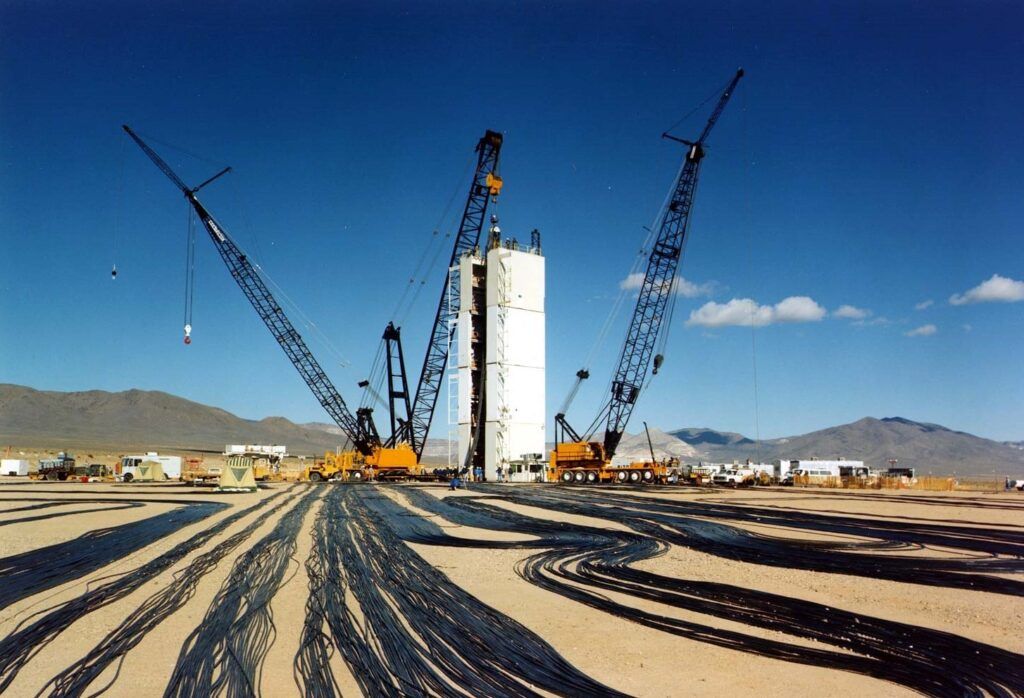 A shaft at the Nevada test site being prepared for an underground nuclear test in the early 1990s. The last US nuclear test was conducted in 1992. (Credit: US government, via Wikimedia)
A shaft at the Nevada test site being prepared for an underground nuclear test in the early 1990s. The last US nuclear test was conducted in 1992. (Credit: US government, via Wikimedia)
The career of Brandon Williams, President Trump’s pick to run the National Nuclear Security Administration, does not give many clues about his priorities for the agency that safeguards the US nuclear arsenal. He served as a naval officer, co-founded a venture capital firm, and farmed truffles in upstate New York before spending two years in Congress as a Republican representative. (He lost his reelection bid in November 2024.) Like many of Trump’s nominees, he has had little direct interaction or experience with the federal agency he aspires to run. But for the Trump team, that may be the appeal of Williams. The search for an agency leader required a candidate willing to restart the US nuclear testing program, according to former Los Alamos National Laboratory director Terry Wallace: “That more or less disqualifies any recent director of any nuclear weapons lab.”
Restarting the US nuclear testing program could be one of the most consequential policy actions the Trump administration undertakes—a US test could set off an uncontrolled chain of events, with other countries possibly responding with their own nuclear tests, destabilizing global security, and accelerating a new arms race. Yet, despite its significance to US national security, nuclear testing is not a subject Trump campaigned on, nor is it mentioned in the 2024 Republican Party platform. This silence on the issue is unsurprising: Nuclear testing is politically divisive and unpalatable to voters. When the first Trump administration contemplated a nuclear test in 2020, it faced significant backlash from Congress and nuclear experts. Trump’s appointee to the NNSA is likely to remain coy on the subject during his upcoming confirmation hearings.
Behind the scenes, however, close advisors to the administration are busy making the case for a new era of explosive nuclear testing to the national security community. Robert O’Brien, a national security advisor in the first Trump administration, was allegedly involved in the selection of Williams. Laying out a vision of Trump’s foreign policy priorities, O’Brien recently argued that “Washington must test new nuclear weapons for reliability and safety.” However, O’Brien’s claim is not supported by the agencies and officials tasked with overseeing the US nuclear stockpile.
The science of stockpile stewardship. The outgoing NNSA administrator, Jill Hruby, has repeatedly stated that the agency overseeing the US stockpile “has no plans to return to testing” and that the annual assessment process for nuclear weapons has been successful and has repeatedly demonstrated that “there is no technical reason to conduct nuclear explosive testing.” This stated confidence is due to the scientific capabilities that US national labs have at their disposal.
The scientific tools developed since the moratorium on testing in 1992 now allow a much more refined and precise understanding of the materials and physics behind nuclear weapons performance than was possible when those weapons were designed. The laboratories now have experimental and computer-based non-explosive capabilities that can examine the material and physical properties that underpin nuclear weapons performance with precision and control that was unavailable in the era of explosive nuclear testing. Data from these experiments is used to benchmark predictive computational models that run on some of the world’s most powerful supercomputers. Together, these techniques have allowed for an increasingly refined understanding of weapons performance, aging, and reliability and have eliminated the need for underground or atmospheric testing.
Some speculate that certification of new weapons designs may eventually necessitate a return to full-scale testing. However, this is unlikely given the technical capabilities just described and what is known about the magnitude of design changes for planned warheads, which are thought to be minor compared to tested designs.
How hard the Trump administration will fight for nuclear testing—and what other priorities it might put at risk to do so—remains to be seen. But if the administration pursues that course, its greatest obstacle is time.
Even though the United States has observed a moratorium on nuclear testing for over 30 years, it maintains the ability to conduct underground nuclear tests at the Nevada National Security Site within 24 to 36 months of a presidential order.
The Nevada site, the most likely location for testing, would require substantial preparation, including construction of new containment structures for underground tests and modification and preparation of an explosive package along with associated instrumentation. The National Environmental Policy Act requires federal agencies to prepare detailed assessments of the environmental impacts of major actions and disclose that information to the public. The public consultation process could further delay or complicate plans to resume testing. The Nevada security site is close to many communities that could be impacted, including the Western Band of the Shoshone Nation and the Las Vegas metropolitan area (now much larger than it was when testing ceased in 1992).
If Trump initiated this two-to-three-year process at the beginning of his term, he would be lucky to see that process concluded without Congress intervening to stop it. Right now, Republicans hold a majority in the House and the Senate, but the margins are razor-thin. While most Republicans are likely to support the president’s agenda, others may be wary of public backlash. Nuclear testing is especially unpopular in Nevada, a swing state that Trump narrowly won in 2024. Recent polling in Nevada shows that a majority of Democrat, Republican, and unaffiliated voters oppose a resumption of testing.[1]
Even if Trump manages to keep his party in line, he has two years before the midterm elections, in which the president’s party historically loses seats. This would give Democrats the opportunity to disrupt testing preparations, such as when they introduced an amendment to the 2021 National Defense Authorization Act to block funding for any explosive nuclear testing.
Shortcuts to a nuclear test. The more realistic pathway for a return to nuclear testing is for Trump to abandon the pretense that tests are necessary for scientific reasons. The National Nuclear Security Administration estimates that it would only take six to 10 months to conduct a “simple test.” (To order such a test, the president would need to declare a national emergency and waive “applicable statutory and regulatory restrictions.”)[2]
The Heritage Foundation’s Project 2025 manifesto, a collection of policy proposals written by former—and now returning—members of the Trump administration, recommends that this timeline be reduced even further. It calls for the United States to “move to immediate test readiness.”[3] This would allow President Trump to conduct a nuclear test without warning, circumventing the sticky problems of domestic political opposition or congressional oversight. There could be serious consequences for bypassing the regulations designed to safeguard human health and the environment.
Underground nuclear tests were designed to contain the explosion and radioactive byproducts, minimizing harmful release into the atmosphere and the fallout that occurred in above-ground tests. However, even with precautions, unintended releases of radiation can occur during underground tests through venting or seeps, and radionuclides can migrate several hundred meters from the detonation point via gas movement through fractures.[4]
Venting happens when radioactive gases and particles escape to the surface due to insufficient containment, fractures in the overlying rock, or flaws in the test design, including insufficient geological assessment. In most cases, venting releases limited amounts of radioactive material and poses minimal harm to the surroundings. However, in some instances, the consequences have been far more severe. One of the more infamous cases in the United States is the Baneberry accident of December 18, 1970, at the Nevada National Security Site, during which a 10-kiloton nuclear device was detonated 900 feet (270 meters) below the surface. During the test, an “unexpected and unrecognized high-water content” amplified energy transfer from the detonation to the surrounding rocks and soil and acted as a pressure multiplier.[5] The resulting prolonged high-pressure conditions eventually breached the underground containment system, leading to the release of 6.7 million curies of radioactive material, including 80,000 curies of iodine 131 (a highly radioactive byproduct of nuclear fission reactions).[6] Beyond local damage, lighter particles were carried by plumes and deposited as far away as northeastern California, Oregon, and Washington—several hundreds of miles from the Nevada test site.
Such accidents are rare, but they demonstrate the risks of venting and accidental releases, which can be magnified under conditions of rushed or poorly executed nuclear tests.
While geological assessments are a routine part of nuclear testing programs, political or strategic pressures to expedite testing may lead to inadequate site characterization, misjudgments of containment effectiveness, overlooked subsurface conditions, or their combination—all of which could increase the risk of radioactive release. Any major federal action, including nuclear testing, typically requires a formal Environmental Impact Statement under the National Environmental Policy Act. But the Trump administration could skip or abbreviate these steps by waiving the Environmental Impact Statement, relying on previous geological assessments rather than conducting new site evaluations. The main argument against a rushed test is that it would compromise scientific data collection. But in the case of containment, inadequate site characterization could also pose environmental risks.
In addition to the immediate risks of venting and containment failure, underground nuclear testing poses long-term environmental challenges, especially groundwater contamination. Even when the underground containment does not fail, the presence of radionuclides in the subsurface (such as plutonium left from un-fissioned bomb fuel) poses significant risks. Plutonium is highly insoluble in water, and the scientific consensus initially was that plutonium would remain mostly immobilized in contaminated rock formations after nuclear tests.[7] However, further field studies have since demonstrated that colloidal transport could enable the movement of plutonium over long distances underground. (Colloids are microscopic particles capable of remaining suspended in water.) Plutonium particles can sorb (stick) to colloids suspended in water, which then can travel deeper into groundwater systems.[8]
Such phenomena have been documented at the Nevada National Security Site, where plutonium migrated in groundwater at an estimated rate of approximately 40 meters per year, reaching distances exceeding 1.3 kilometers from the detonation site.[9] This migration was confirmed through the analysis of colloid-bound plutonium in groundwater samples from wells, with plutonium being found at nine different locations since 1999.[10] The Energy Department stated that contaminated groundwater from historical underground nuclear tests at the Nevada site does not impact public water supplies or onsite workers consuming water from on- or off-site wells.[11] But these plutonium migration studies highlight the potential for groundwater contamination to extend far beyond the detonation point, raising concerns about the long-term contamination of the surrounding ecosystems.
Consequences of a “political” test. The goal of conducting a fast-tracked nuclear test can only be political, not scientific. A “rapid” nuclear test is exactly what the first Trump administration reportedly contemplated in its twilight months, not to gather technical data but to send a geopolitical signal to US adversaries. Robert Peters, a research fellow at the Heritage Foundation, argues in an issue brief published in January that the United States must be prepared to conduct a nuclear test to “demonstrate resolve”—read, muscle-flexing—during a hypothetical crisis with another nuclear power.
The problem with this argument is that it ignores the obvious—and disastrous—consequences of a US nuclear test: It would give Russia, China, and other nuclear powers free reign to restart their own nuclear testing programs, essentially without political and economic fallout. Russia withdrew its ratification of the Comprehensive Test Ban Treaty in 2023. Though it has not conducted a nuclear test since 1990, it retains the ability to do so and has warned that any US nuclear test could be met with a Russian response. Similarly, China has not conducted a nuclear test since 1996 but appears to have recently expanded its underground nuclear testing facilities at the Lop Nur military base.
Peters dismisses the possibility that Russia and China would respond to a US nuclear test by conducting their own tests, asserting that “if China and Russia believe that they will benefit from restarting explosive nuclear testing, then they will do so whether the United States tests or not.” This is a gross misunderstanding of how much the first US nuclear test in decades would transform the international security environment. A US nuclear test would increase the perceived benefits of nuclear testing by eliminating its political and economic consequences.
Since the negotiation of the Comprehensive Nuclear Test Ban Treaty in 1996, the global norm against nuclear testing has been a cornerstone of nuclear nonproliferation diplomacy. Only North Korea has conducted nuclear tests in the 21st century—and each one was accompanied by heavy international sanctions. However, North Korea is an isolated state that rejects international law, and its violations did not alter the international consensus against nuclear testing. That would not be the case after a major power defies the global norm against nuclear testing. Should the United States be the first major nuclear power to end its nuclear moratorium, it will lose significant global standing and damage its relationships with allies—all of which but Israel have joined the Comprehensive Nuclear Test Ban Treaty.
Once the norm is broken, the consequences of further violation will be significantly lower—and probably be considered more acceptable: The United States will get the blame when other states start testing. Between 1945 and 1992, the United States conducted over 1,000 nuclear tests—more than the other nuclear powers combined. Even today, the United States keeps benefiting from a trove of data that scientists continuously learn from using modern analytical techniques. A return to testing would be an invitation to countries that conducted fewer tests to catch up. If the world returns to an era of widespread nuclear testing, the damage to the nuclear nonproliferation regime may be irreversible by opening the door for new states to acquire nuclear weapons. The world would become far more dangerous after the United States conducted a nuclear test.
The risk that President Trump will try to upend the 30-year-long moratorium on nuclear testing during his next four years in office is real and more likely than during his first administration. The success of Trump’s attempt to conduct a nuclear test will depend on the level of secrecy and speed of its preparations. Senators should not expect to get direct answers about the intentions of the administration from Brandon Williams during his confirmation hearing, but they should still press him on the staggering geopolitical consequences that would follow a US nuclear test. The United States has much to lose and little to gain from shattering the international consensus against explosive nuclear testing. Restraint should prevail in the Oval Office.
Notes
[1] Searchlight Research. 2025. Polling Memo on Nuclear Testing. https://static1.squarespace.com/static/66d74c3c7dc264384f27e98b/t/66e2222991e48642c564d0ca/1726095913188/Polling+Memo+on+Nuclear+Testing_SearchlightResearch.pdf.
[2] U.S. Department of Energy. 2017. Stockpile Stewardship and Management Plan: FY18. https://www.energy.gov/sites/default/files/2017/11/f46/fy18ssmp_final_november_2017%5B1%5D_0.pdf.
[3] Heritage Foundation. 2023. Mandate for Leadership: Project 2025. https://static.project2025.org/2025_MandateForLeadership_FULL.pdf.
[4] Smith, D.K., Nagle, R.J., Kenneally, J.M. Transport of gaseous fission products adjacent to an underground nuclear test cavity. Radiochim. Acta 73, 177-183 (1996). https://doi.org/10.1524/ract.1996.73.4.177; Nimz, G.J., Thompson, J.L Underground Radionuclide Migration at the Nevada Test Site (Rep. DOE/NV 346, US Department of Energy, Nevada Field Office, 1992).
[5] U.S. Atomic Energy Commission. 1971. Baneberry Accident Report. Washington, DC.
[6] National Cancer Institute. 2010. Fallout from Nuclear Testing and Cancer Risk. Archived December 21, 2010. https://web.archive.org/web/20101221175816/http://www.cancer.gov/i131/fallout/Chapter2.pdf.
[7] Nitsche, H., et al. 1993. Measured Solubilities and Speciations of Neptunium, Plutonium, and Americium in a Typical Groundwater (J-13) from the Yucca Mountain Region. Milestone Report 3010-WBS 1.2.3.4.1.3.1. Los Alamos National Laboratory. https://digital.library.unt.edu/ark:/67531/metadc663935/; Triay, I. R., et al. 1996. Radionuclide Sorption in Yucca Mountain Tuffs with J-13 Well Water: Neptunium, Uranium, and Plutonium. Report LA-12956-MS, Los Alamos National Laboratory.
[8] Kersting, A. B. 2013. “Advances in Understanding Plutonium Behavior in the Environment.” Inorganic Chemistry 52: 3533–3546. https://doi.org/10.1021/ic3018908; Santschi, P. H., K. A. Roberts, and L. D. Guo. 2002. “Organic nature of colloidal actinides transported in surface water environments.” Environmental Science & Technology 36: 3711. https://doi.org/10.1021/es0112588; Xu, C., P. H. Santschi, J. Y. Zhong, P. G. Hatcher, A. Francis, C. J. Dodge, K. A. Roberts, C. C. Hung, and B. D. Honeyman. 2008. “Colloidal Cutin-Like Substances Cross-Linked to Siderophore Decomposition Products Mobilizing Plutonium from Contaminated Soils.” Environmental Science & Technology 42: 8211. https://doi.org/10.1021/es801348t; Novikov, A. P., S. N. Kalmykov, S. Utsunomiya, R. C. Ewing, F. Horreard, A. Merkulov, S. B. Clark, V. V. Tkachev, and B. F. Myasoedov. 2006. “Colloid Transport of Plutonium in the Far-Field of the Mayak Production Association, Russia.” Science 314: 638. https://doi.org/10.1126/science.1131307.
[9] Kersting, A. B., D. W. Efurd, D. L. Finnegan, D. J. Rokop, D. K. Smith, and J. L. Thompson. 1999. “Migration of Plutonium in Groundwater at the Nevada Test Site.” Nature 397: 56. https://doi.org/10.1038/16231.
[10] Kersting 2013.
[11] U.S. Department of Energy, National Nuclear Security Administration, Nevada Field Office. (2024). Nevada National Security Site environmental report 2023 (DOE/NV/03624–2026). Mission Support and Test Services, LLC. https://nnss.gov/wp-content/uploads/Nevada-National-Security-Site-Environmental-Report-2023-Final.pdf.
Together, we make the world safer.
The Bulletin elevates expert voices above the noise. But as an independent nonprofit organization, our operations depend on the support of readers like you. Help us continue to deliver quality journalism that holds leaders accountable. Your support of our work at any level is important. In return, we promise our coverage will be understandable, influential, vigilant, solution-oriented, and fair-minded. Together we can make a difference.



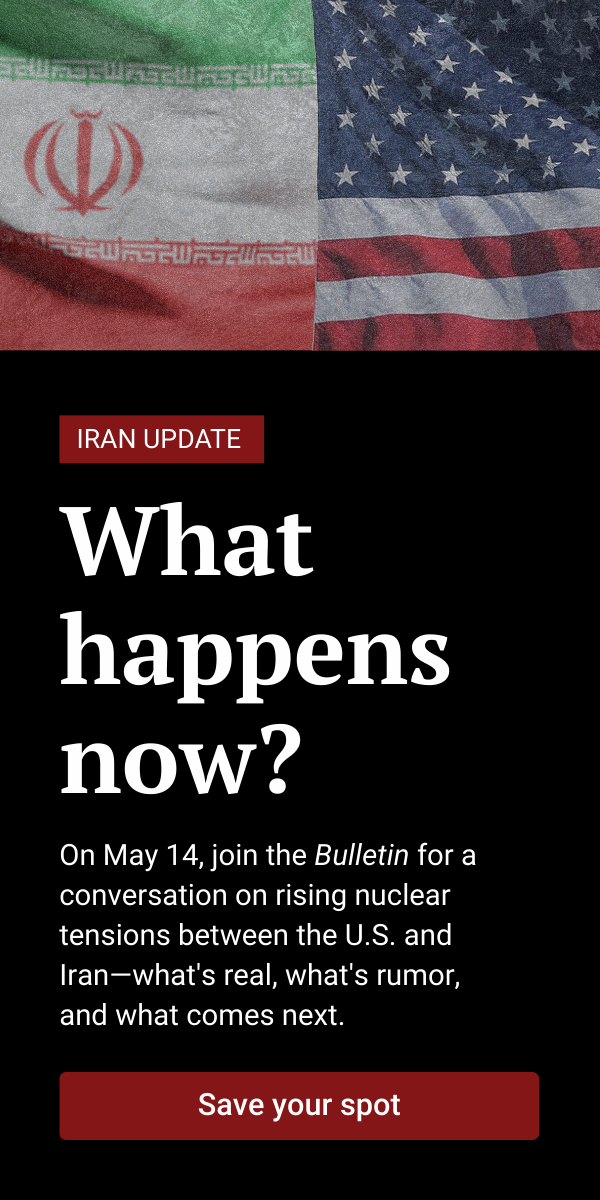
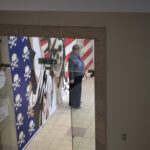
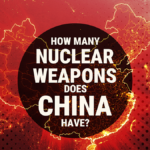
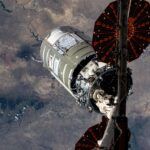


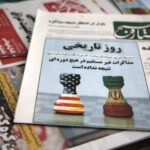
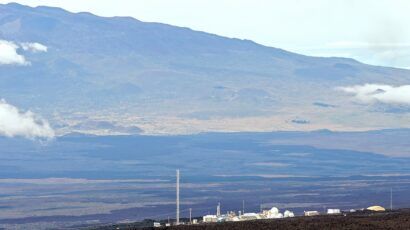
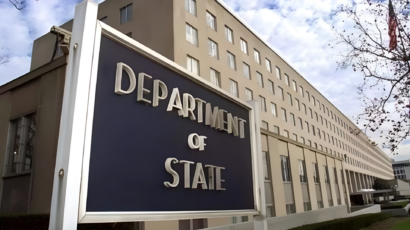
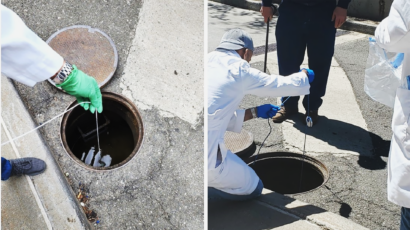
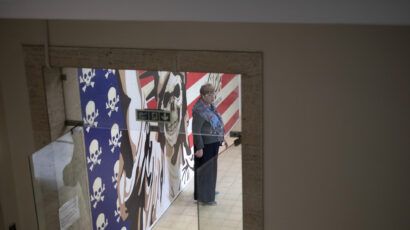
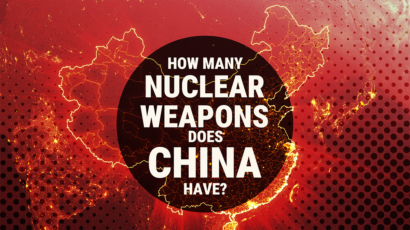
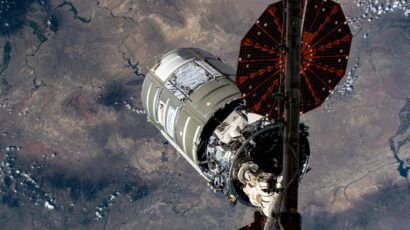
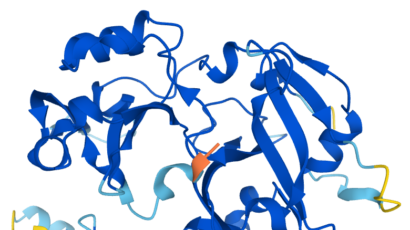
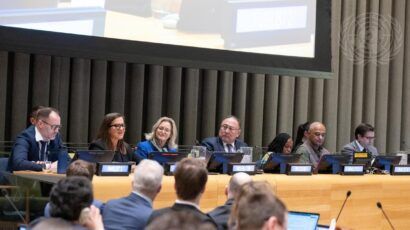
You state that Russia “has not conducted a nuclear test since 1990”. That depends on how you are defining a “nuclear test”. As you likely know, the CTBT does not define the “nuclear explosive tests” that it bans outright, but following its signature of the treaty the United States declared that the CTBT is a “zero yield” ban, meaning that tests or experiments that go supercritical are banned by the treaty. Thus, if you are applying the US government’s “zero yield” standard, your statement regarding Russian test moratorium compliance is not true. The State Department 2020 Compliance Report noted: “The… Read more »